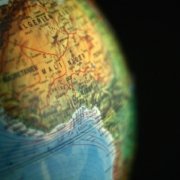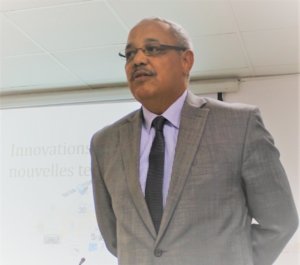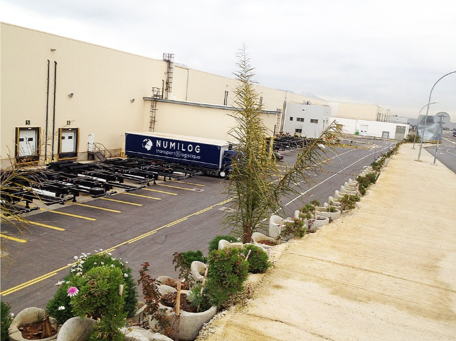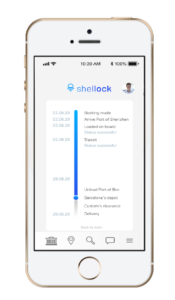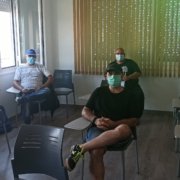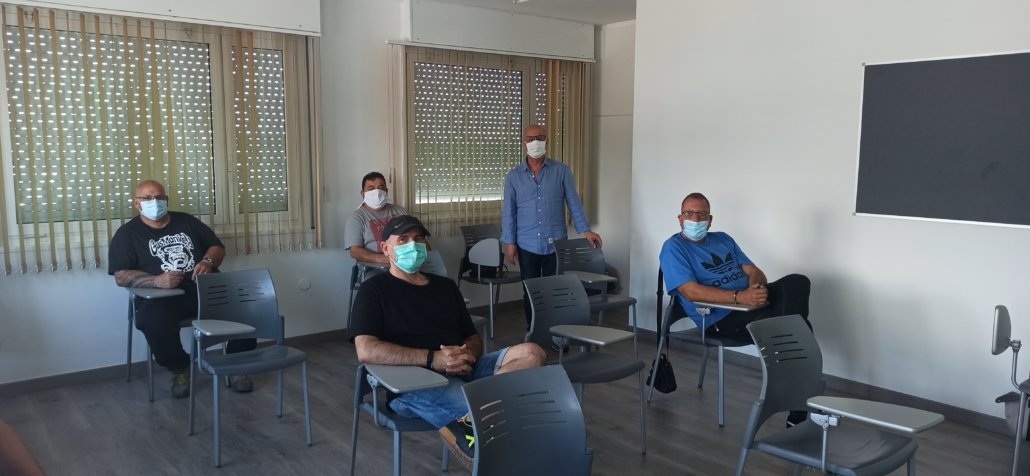Training, new technologies and virtual worlds
By Eduard Rodés, Escola Europea – Intermodal Transport
Yuval Noah Harari[1] , the historian-philosopher, an Israeli public intellectual, and a professor in the Department of History at the Hebrew University of Jerusalem stressed in his work Homo Deus that the truly unique feature of the homo sapiens is its ability to create and believe in fiction. All other animals use their communication system to describe reality. We use our communication system to create new realities.
Developments in digital technologies applied to images have made the distance between reality and fiction increasingly smaller, and thus more difficult to distinguish. A magnificent example of this mix between the two worlds is Steven Spielberg’s film Ready Player One[2]. It tells the story of a teenager who likes to escape from the increasingly bleak real world in which he lives through a popular virtual utopia called “Oasis”. The alternation between reality and fiction and the permanent interaction between the two worlds gives this story a suggestive effect in which a new world that seems very credible is imagined.
The film’s own evolution is linked to a second brilliant reflection by Harari: the secret of the Homo Sapiens’ success is large-scale flexible cooperation. In the case of the film, it is the capacity for cooperation and teamwork between some of the characters that helps the protagonist to reach his goals.
Thus, technology, virtualization, consistency, resilience, teamwork and cooperation become basic vectors of progress.
Something similar is happening in the world of education. The Covid-19 pandemic has accelerated a vital digitalization process. Increasingly classes are being held remotely. The most important thing, nevertheless, is that a process of reinterpreting of things that can be done online has irreversibly begun.
Simulation: The beginnings
Part of the digitization process began long ago with the development of simulators that were especially designed for vehicle-related operations: ships, planes, trucks, cranes, etc. Today, very sophisticated facilities exist in which many hours of practice can be put in to gain skills, and face difficult situations – something that would be impossible to do in a real environment. All of this can be done at a relatively low cost compared to what it would have cost in reality.

Augmented reality is slowly spreading to all areas of our lives
Simply zeroing on the road, and looking at the most complex and difficult industry, we can look at the Racing scene. On the 15th of April, six Formula 1 drivers have participated in a new “simracing” championship in a virtual environment called “Race for the World”. The race took place without any loss of hardware, equipment, and did not endanger the lives of the formula drivers should mistakes or unforeseen circumstances occur.
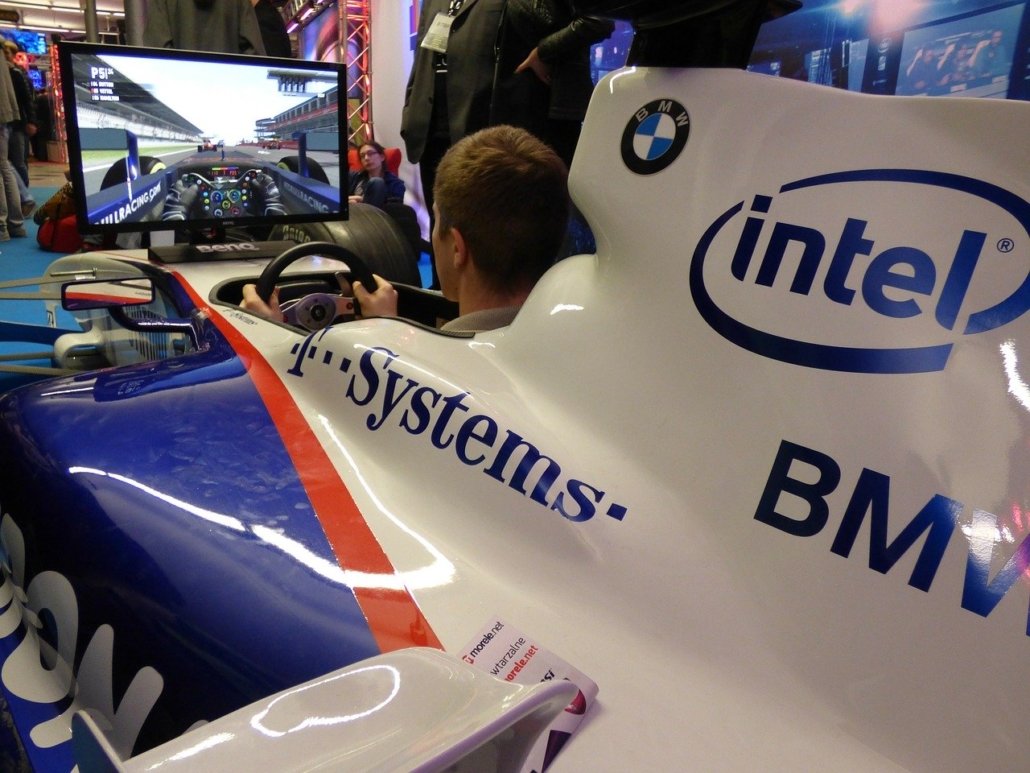
Formula 1 racing is no longer only simulated in arcades
In Spain, good simulators for trucks or railways, and even traffic control centres, can be acquired from the Basque company Lander[3]. They offer a great variety of vehicles and a wide range of virtual scenarios in which to practice.
Another example that is particularly interesting is the[4] Vstep company, which has designed platforms with bridge simulators, either of a tug, river navigation, military vessels, offshore operations or fishing boats. The company also offers simulators for emergency situations, both on land and at sea. The simulator allows the configuration of all kinds of weather situations and available human and material resources – making it particularly attractive to the industry actors from all company sizes and varying at a relatively low cost compared to what it would cost to do it in the real vehicle climates.
Simulators for the aviation sector were among those that developed very quickly, fuelled by the high cost of training hours, the high value of the aircraft and the risky nature of operations. Today all airlines work with simulators to train their pilots. For example, should you wish to do so, the company Virgin[5] allows you to practice with a Boeing 747 cockpit simulator for a reasonable price; the training includes an introduction class and the possibility of choosing the departure and arrival airport. It is called the Virgin Experience Days and it is difficult to tell where the training begins and the fun ends.

Example of a flight simulator console
What is clear is that simulators make experiences possible, and this has led to a new culture surrounding this type of experience. Last year we had an exhibition in Barcelona, in Port Vell, entitled ‘Meet Vincent van Gogh’ – an experience of getting into the painter’s shoes. This was a multimedia montage, called an immersive experiences, in which you could play a 3D reproduction of The Sunflowers, sit at one of the tables in the Parisian café Le Tambourin, take a selfie on the bed in the yellow room in Arles, paint with the painter’s palette or get on the harvest cart. It was a virtual reality that took you into another world – an unforgettable experience. From an educational perspective, as a teaching method it seems without a doubt effective. The emotional impact of the lived experience is sure to leave an indelible mark, and is arguably more effective than visiting the Van Gogh Museum in Amsterdam.
Simulation in the classroom
Simulators are not new – for some years now business simulators have been developed as a teaching and learning method. A Simulated Company is a student-run company that operates like a real business. It simulates the procedures, products and services of a real company with its structure and organization. Guided by a monitor or coach and business mentors, students create their Simulated Companies, growing them from product development, through production and distribution to marketing, sales, human resources, accounting/finance and web design. As “employees” of the Simulated Company, the students are responsible for its management and, through the methodology of “learning by doing”, they develop new competences. They carry out market research, place advertisements, buy, plan logistics, sell simulated products or services and pay salaries, taxes, publish profits, etc. Each company engages in commercial activities, both nationally and internationally, with other companies in the Simulated[6]Companies network, following standard commercial procedures and actions.
In this case, the virtualization of companies to create simulation environments present in the educational sphere would bring us closer to a current trend called digital twins. DHL[7], in a 2019 study on digital twins in logistics, defined them as another step towards bringing the real and fictional worlds closer together. The gap is beginning to close. Developments in the Internet of Things (IoT), big data, artificial intelligence, cloud computing and virtual reality technologies herald a turning point where the physical and digital worlds can be managed as one, and we can interact with the digital side of physical things just as we would with things themselves, even in the physical 3D space around us.
You will read this article in a digital environment. You may use the links to the Internet I have left to go deeper into the topics I have pointed out. And your connection to the real world will be the connection that you and I have given you. And don’t be too sure that I am not a computer. Physical reality and virtual reality are beginning to blend into each other, and that will change everything.’
References:
[2] https://www.warnerbros.com/movies/ready-player-one/
[3] http://Landersimulation.com/en
[5] https://www.virginexperiencedays.co.uk/60-minutes-747-jumbo-flight-simulator
[7] https://www.dhl.com/content/dam/dhl/global/core/documents/pdf/glo-core-digital-twins-in-logistics.pdf


